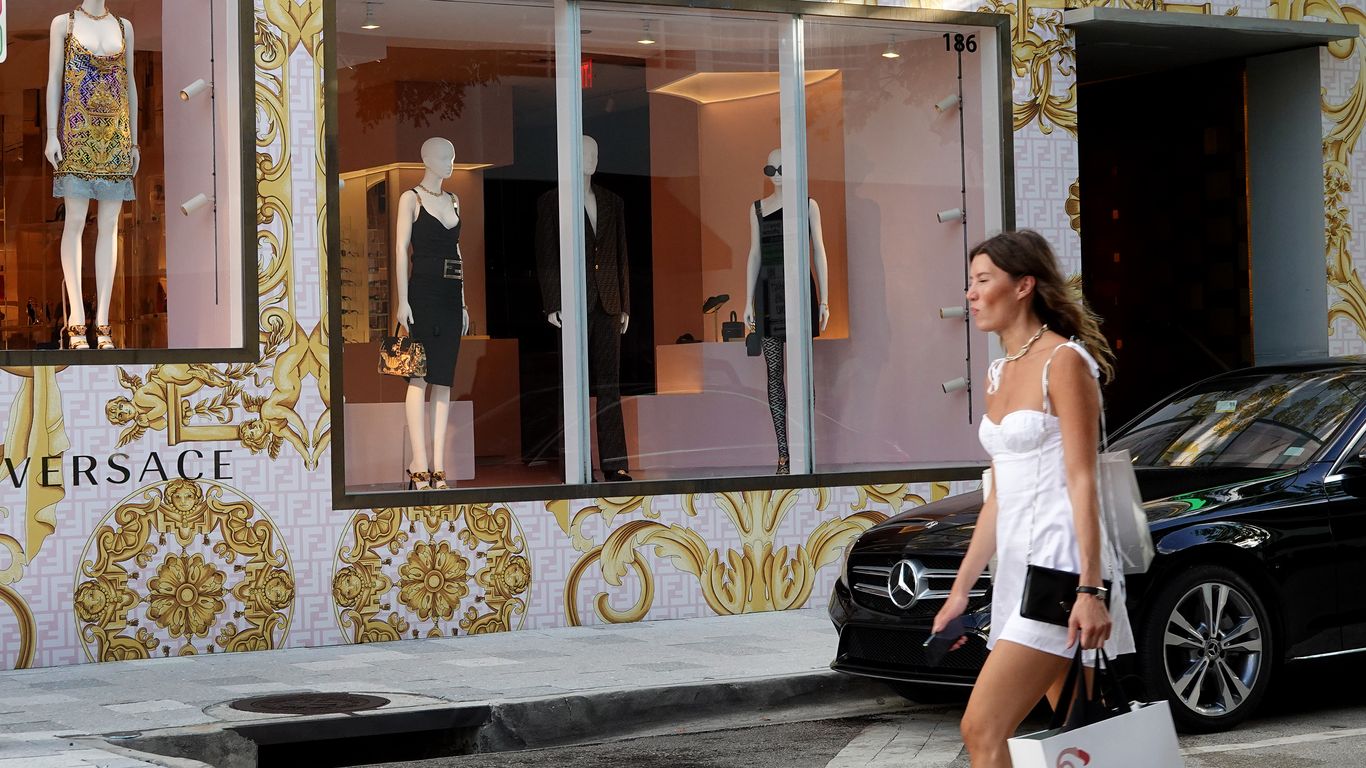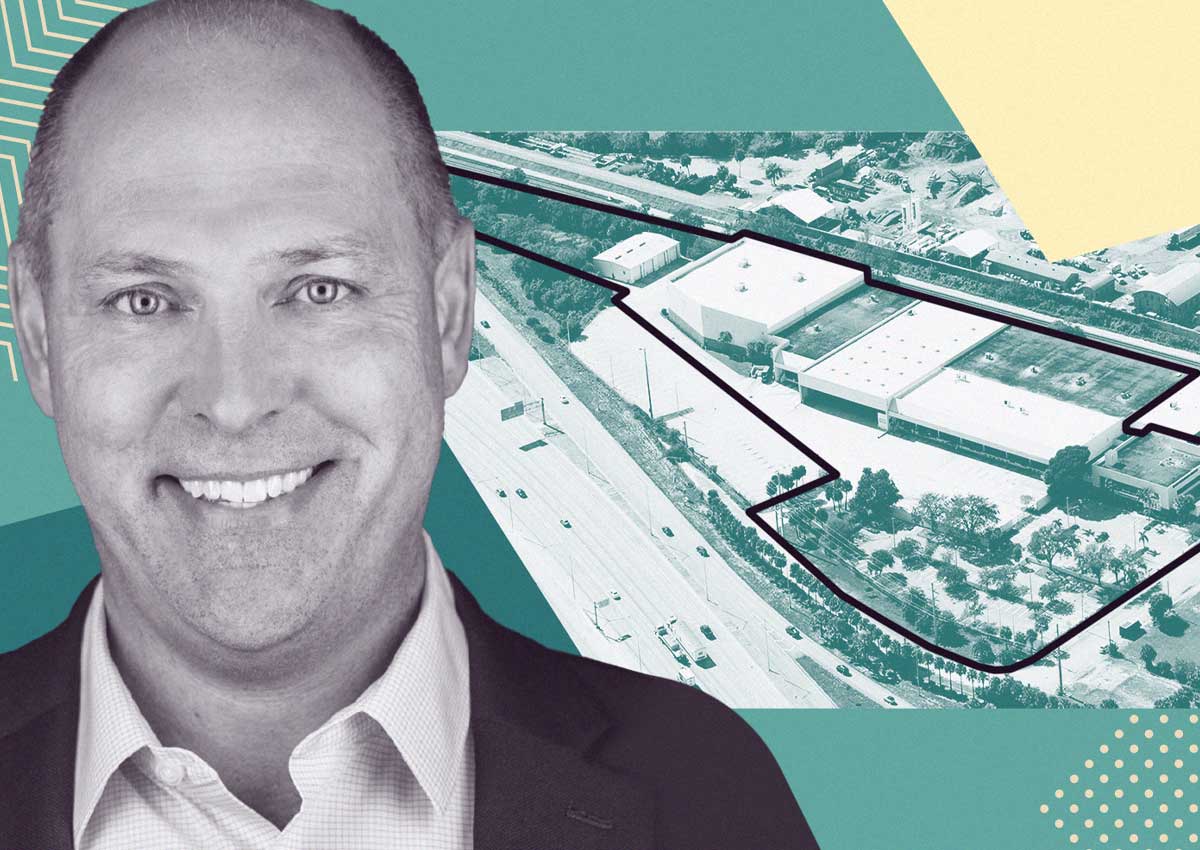Housing bubbles have hit Florida hard. Is it ready for another one?

Florida’s economy has bounced back from the pandemic quicker than most — which economists credit in part to a surge of people buying homes in the state.
But Federal Reserve officials warn that there’s a housing bubble brewing. Home prices across the country aren’t only rising from explosive demand and limited supply, there are also signs that they’re being artificially pumped by speculation. For some, that feels a little like déjà vu.
A bubble poses a risk to Florida where cities like Tampa and Miami have seen some of the highest home value spikes in the nation over the past year, according to the S&P CoreLogic Case-Shiller Home Price Index. Economists who spoke with the Tampa Bay Times couldn’t agree on if there’s currently a housing bubble in Florida, but they did say the market hinges on the state maintaining its population growth.
“One always wants to be cautious. It could go lots of different ways,” said University of Tampa economist John Stinespring. “But if population growth continues to exceed the dampening effects of interest rate increases, we wouldn’t anticipate a bubble bursting.”
While real estate is one of Florida’s greatest strengths — with nearly 20 percent of the state’s gross domestic product based on home sales and rent — it’s also historically been its weakness.
“Florida’s economy is built on tourism and [population] growth,” said Tampa Bay historian Rodney Kite-Powell. “When it’s not growing, it hurts everybody.”
While most people today may remember the housing crisis in the 2000s, one of the first housing booms in Florida swept through in the 1920s.
This “Florida fever” exploded from pent-up demand after World War I. Highway moguls followed in the tracks of Henry Flagler’s railroad empire, which allowed for more flexibility to travel and for northerners looking to escape winter. During this time, auto businessman Carl Fischer built and put Miami Beach on the map. Tampa developer David P. Davis thought to dredge around a bundle of mudflats at the mouth of the Hillsborough River to create a resort island. Places like Temple Terrace and Snell Isle were also born during this time.
But for every big-time real estate developer like Fisher and Davis, there were 100 investors looking to make a quick buck, said Kite-Powell, who is also the author of History of Davis Islands: David P. Davis and the Story of a Landmark Tampa Neighborhood. The boon of those days was cut short when a ship sunk in the Biscayne Bay, causing supply chain issues and a 1926 hurricane devastated much of the state.
But most of all, Kite-Powell said people lost faith.
“That’s really fundamentally what ended it,” he said. “People realized that prices were just artificially high.”
Land sales dried up and Davis had to sell his island in 1926 to avoid bankruptcy. Many investors backed out and returned north. Florida ended up spiraling into the Great Depression before the rest of the country, Kite-Powell said.
Follow trends affecting the local economy
Subscribe to our free Business by the Bay newsletter
We’ll break down the latest business and consumer news and insights you need to know every Wednesday.
You’re all signed up!
Want more of our free, weekly newsletters in your inbox? Let’s get started.
Explore all your options
After every market turn, Kite-Powell said regulation followed. Zoning laws in the 1930s to make sure people couldn’t build anything they wanted without limits. After the Great Recession in 2008, rules were put in place on borrowing. But human nature hasn’t changed: people still want to a buy a house by the beach.
“We’ve seen that artificially inflated values of real estate always corrected themselves. The market always corrects itself at some point,” Kite-Powell said. “But in the face of the opportunity to make a considerable profit, people are willing to take that risk.”
Fast forward to nearly a century later: Davis Islands broke local records in 2021 when Derek Jeter’s former mansion sold for $22.5 million amid the most recent housing boom. Home sales around Tampa Bay have soared 29 percent in the past 12 months. Rents have also climbed by double digits, year over year. Investors have purchased about a quarter of the homes available in Tampa Bay, according to research from real estate firm RedFin.
In the warning issued by researchers at the Federal Reserve Bank of Dallas on March 29, economists explained that the rapid rise in prices alone doesn’t support that we’re in a housing bubble. It’s when the belief that the price increases will continue and creates this sense of “fear of missing out.” That can create even more explosive growth that won’t stop until the government steps in or a housing crash hits, Fed researchers said.
The Fed economists compared home prices with the average cost of rent and also housing prices versus disposable income.
Tampa Bay’s housing market hasn’t slowed in the last month even as mortgage rates rose in an attempt to cool activity. The hike may even be pushing more people to buy homes during this busy spring season to lock in a lower rate before they go up even further, according to ReMax’s March report. Home values in the region have risen by 29.1 percent since March last year and most houses close within 22 days, almost half the time it took a year ago.
“[Florida’s coast] is most exposed to dramatic swings. These communities are the canary in the coal mine,” said Florida Atlantic University economist Ken H. Johnson. “They will show signs of whatever’s going to happen and it’s going to happen there first.”
Tampa Bay is one of the most overvalued cities in Florida, Johnson said. Homes are selling for 46 percent above the area’s historical trends, also called a premium, according to his research with Florida International University’s Eli Beracha.
While the calculations don’t account for supply and demand, Johnson explained the population growth in Tampa could help cushion any fallout. But the further the premium deviates from historical trends, he warns the risk continues to grow. And there still may be running room for people to continue investing even if signs show the market is peaking: Florida homes were nearly 68 percent overvalued by 2006 before people began to back out.
“It’s the top of the market for sure, but no one knows when the music will stop,” said Tampa native Patrick Carroll, CEO of Carroll, a real estate investing firm.
He said he’s bullish on the region but admits it’s a risky time to buy. That’s why he’s buying with more conservative financing and advising his associates at Carroll to find properties in the area they don’t mind holding onto for an extended period. He’s investing in the long term.
“If you’re buying in Tampa right now, even though the market may reset a little bit, it’s still a hell of a lot better than buying in Cleveland, Ohio,” Carroll said.
There’s no expectation of a repeat of 2008, said Stinespring the UT economist, when homes foreclosed after NINJA (no income, no job or assets) loans incentivized people to flip homes and buy in even if they couldn’t afford it. Development on projects like Trump Tower Tampa went dark and it took more than 6 years for local employment levels to return to pre-recession levels.
Housing prices now are being driven by the pent-up demand and the flexibility of new remote work. Almost every sector of Tampa Bay’s economy has bounced back from the pandemic, Stinespring said, and the housing market has helped boost local retail sales and the labor market above the national average.
“There are things that are different than most of the other cycles,” said Reid Boren, of Two Roads Development. The South Florida-based firm aims to jumpstart construction on the luxury Pendry Residences at the Tampa Riverwalk lot that has been empty for over a decade after Trump Tower Tampa failed to get financing amid the last housing bust.
Boren said it’s not just second-home buyers flooding the market but businesses too, a sign Tampa Bay is growing as a livable destination and not just an investment.
“For sure we’re buying now at the height of the market and that’s an uncomfortable thing,” Boren said. “But we’re also selling for more money.”
The sailboat-shaped skyscraper is set to have 220 hotel rooms and 207 condominiums. So far this year, the project is exceeding expectations and has signed $80 million in sales, Boren said. Many buyers have been locals, he said, looking to sell their homes that have skyrocketed in value and lock in cheaper pre-construction rates. The project is set to break ground this summer and open by 2025, though they’re preparing for construction costs and supply chain issues to likely delay the project.
As 30-year mortgages have reached 5 percent interest rates for the first time in more than a decade, Johnson from FAU said now is the time to watch the housing market for any signs of a cool down.
“Tampa is probably more prone to see a prolonged period of unaffordability,” Johnson said.
Each market cycle offers up a new lesson, said historian Kite-Powell. Florida is going through a rapid upswing again. Only time will tell if history will repeat itself.
“There are lessons that have been learned,” he said. “But we’re still making a lot of the same mistakes.”


